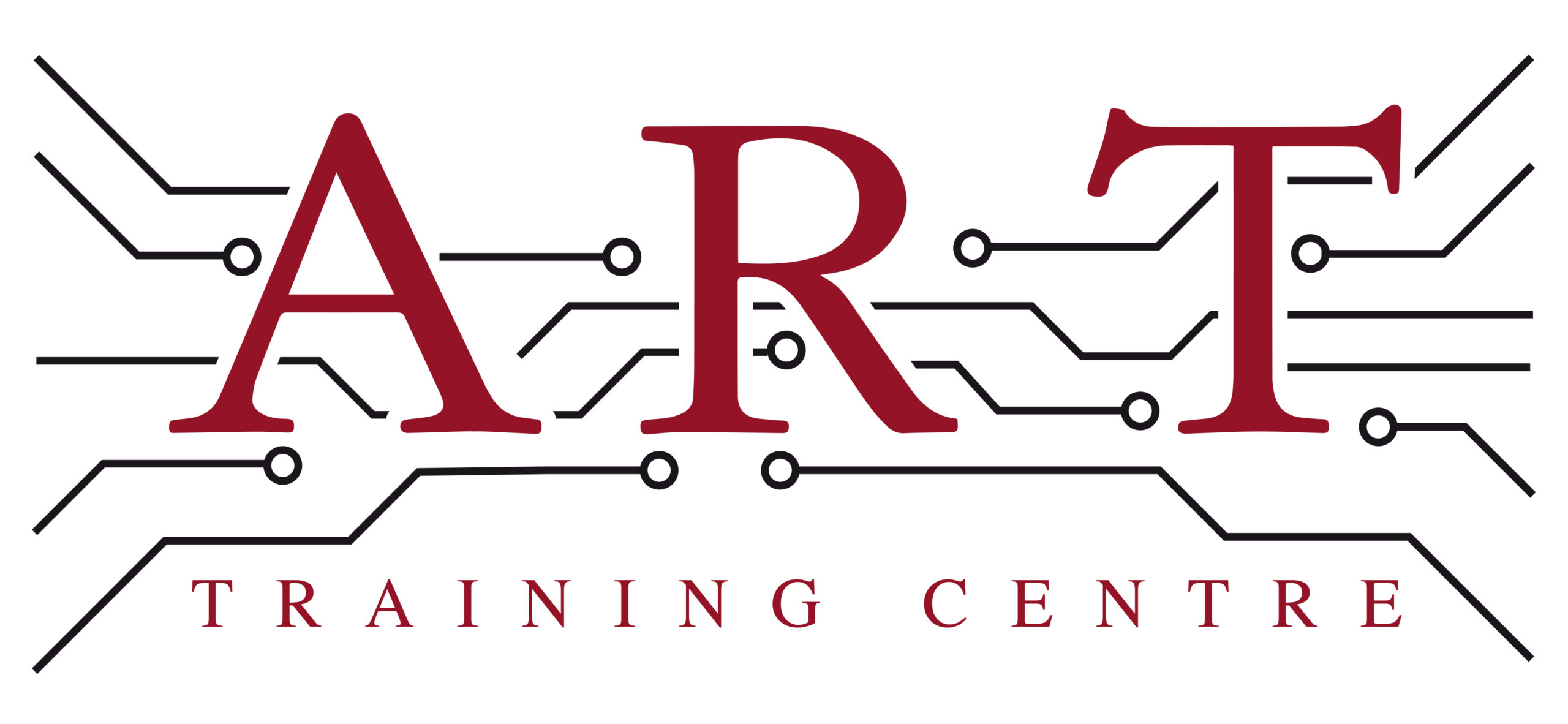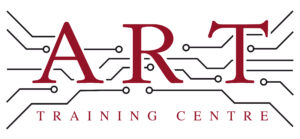Definition
Core is a fundamental component in electronics manufacturing, particularly in the context of soldering and circuit assembly. It refers to the central part of a magnetic component, such as a transformer or inductor, which provides a pathway for magnetic flux. In a broader sense, it can also denote the core structure of printed circuit boards (PCBs) that supports electronic components. Understanding the core is essential for ensuring effective electrical performance and reliability in electronic devices.
How It’s Used in the Industry
In electronics assembly, the Core plays a vital role in the manufacturing of PCBs, particularly during the soldering process. Technicians begin by placing components onto the PCB, ensuring that they align with the core structure. Soldering methods, such as wave soldering or reflow soldering, are then employed to secure these components. The core’s design influences the thermal and electrical properties of the PCB, which is crucial for the device’s overall functionality. For both trainees and experienced professionals, understanding the core’s significance helps in troubleshooting and enhancing the reliability of electronic assemblies.
History & Origins
The concept of the Core in electronics manufacturing dates back to the early 20th century with the development of transformers and inductors. As electronic technology evolved, particularly post-World War II, the need for efficient magnetic cores became apparent. Standards such as IPC were established in the 1950s and 1960s, which formalised guidelines for manufacturing processes, including the use of cores. This period marked significant advancements in materials and design, making cores essential for modern electronics, enhancing performance and reliability across various applications.
Variations
There are various types of Core used in electronics, including ferrite cores, laminated cores, and toroidal cores. Ferrite cores are commonly used in high-frequency applications due to their low losses, while laminated cores are often found in transformers to reduce eddy currents. Each type serves specific purposes and is chosen based on factors like efficiency, size, and cost. Understanding these variations helps learners grasp the fundamental differences in magnetic properties and their implications for circuit design and performance.
Modern Applications
Today, Core is integral to electronics production, especially in the context of surface mount and through-hole assembly techniques. It is crucial for ensuring the quality and reliability of electronic devices, as cores directly affect the efficiency of power management and signal integrity. Compliance with IPC standards is essential for manufacturers, as it ensures that cores meet performance specifications. In professional training, a solid understanding of cores enables technicians to design, assemble, and repair advanced electronic systems effectively.
Practical Tips & Training
When working with Core, it is essential to follow safety protocols, such as proper handling of magnetic materials and using appropriate personal protective equipment. Inspection techniques, including visual checks and testing for magnetic properties, can help identify potential issues early. Utilising tools like multimeters and oscilloscopes is beneficial for assessing core performance. Structured training and certification in electronics are vital for gaining a comprehensive understanding of cores and their applications, ensuring technicians are well-equipped for quality assurance and compliance in their work.


